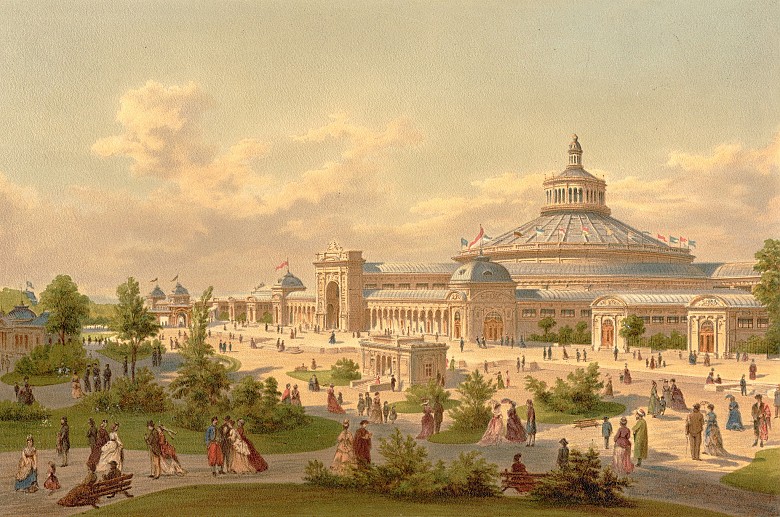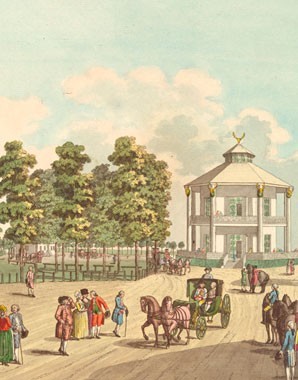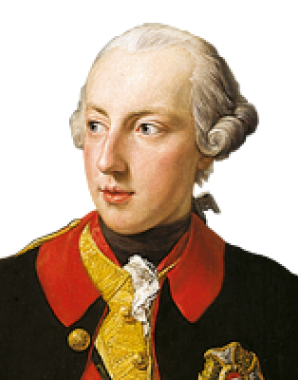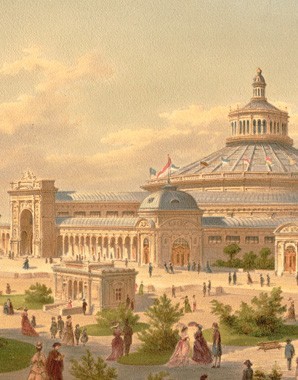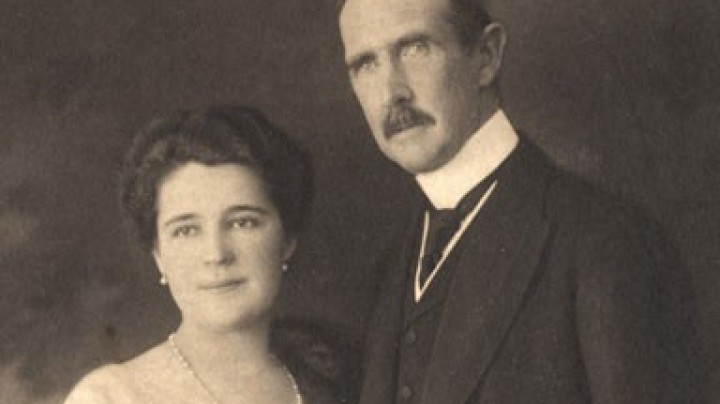The Prater – from imperial hunting ground to metropolitan leisure amenity
The Prater extends over a number of forested islands and wetland meadows originally separated by arms of the river Danube which have now silted up to become oxbow lakes. With its rich holdings of game, the Prater was the scene of extravagant Court hunts, and was closed to the general public.
An imperial decree of 1687 emphasizes the exclusivity of the Prater: ‘Niemandt alß waß Cavalliers und Dames’ (no one but cavaliers and ladies) was allowed into the Prater. In the time of Maria Theresa, too, visits to the Prater were only permitted to the nobility, provide they had their own ‘equipages’, for cabs and hired carriages were prohibited from entering. Even the aristocracy had to adhere to strict rules for visitors: driving was only permitted along the main avenue, so as not to disturb the game. Dogs were prohibited with the exception of lapdogs, which ‘the ladies should be allowed’. From this period there are numerous complaints from noble visitors to the Prater, who complained bitterly about the strict inspections and the coarse behaviour of the keepers at the entrance gates.
In 1766 on the initiative of Joseph II the Prater was opened to the general public. Soon cafés and taverns started to open. At the city end of the Prater the Wurstelprater emerged – Vienna’s fairground, which, with its peepshows and attractions, satisfied the desire for sensation and thirst for pleasure of the Viennese populace. Unlike the Wurstelprater, the area around the Lusthaus continued to be reserved for the higher society of Vienna as a place to promenade and enjoy refined excursions.
Later the Prater became the scene of spectacular large-scale events, for example the Stuwer Fireworks, the magnificent colours of their displays attracting countless spectators. One of the most singular spectacles was the Läuferfest, a race run by the liveried lackeys who ran in front of their lordships’ carriages to clear a path or to light the way in the dark. On 1 May these men competed against each other in a race that was not just a sporting contest but also a matter of prestige for their noble masters.
The original Prater, which included extensive wetland meadows along the Danube, was later substantially reduced: the amenities of the Wurstelprater, the World Exhibition ground of 1873 with the Rotunda which stood on the site of the present-day trade fair arena, and the various sporting facilities such as the trotting course at Krieau, the racetrack at Freudenau, the Stadionbad open-air swimming pool and the Prater Stadium, took up large areas. Despite or even perhaps because of this, the Prater, as a recreational area close to the city, still makes a considerable contribution to the high quality of life enjoyed by the citizens of Vienna.



